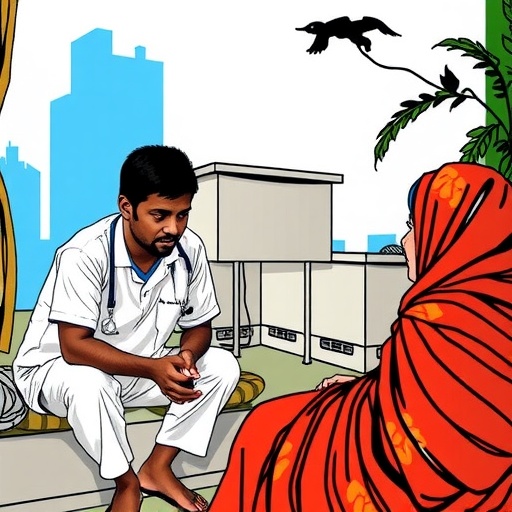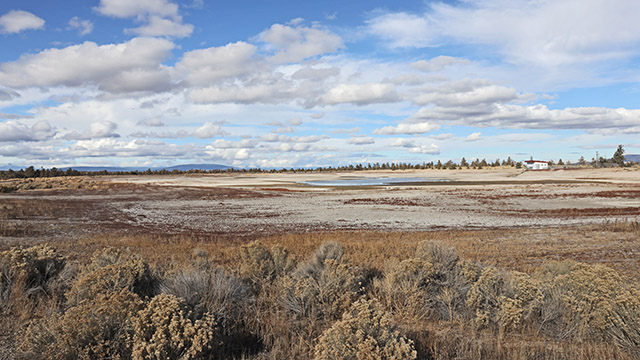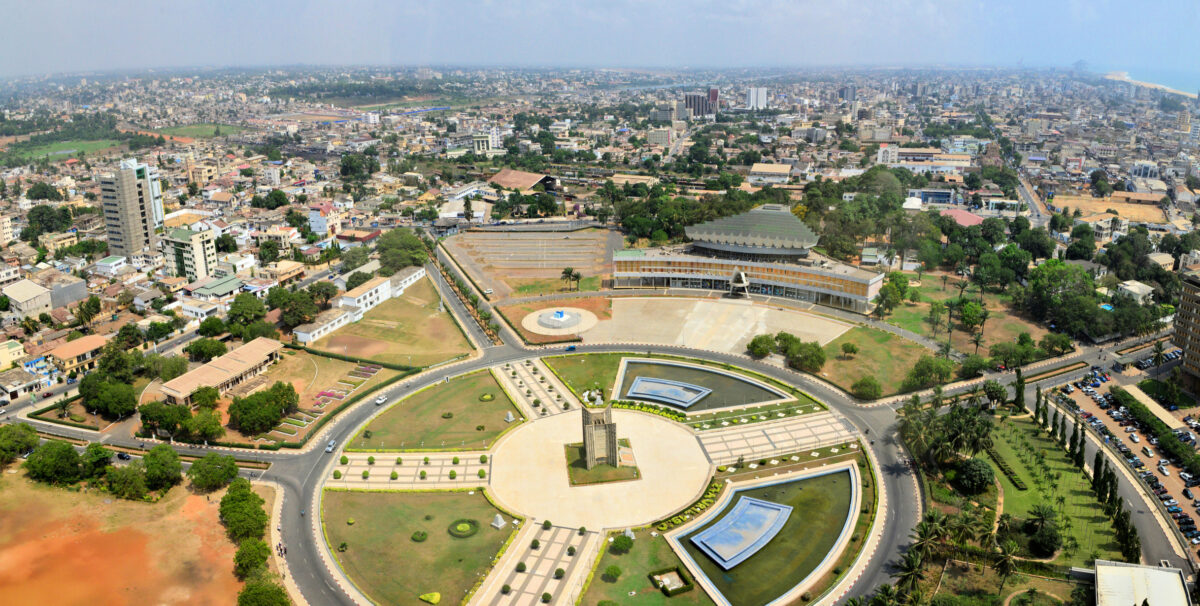Save Water. Nothing Can Replace It. – Dallas City News

Report on Dallas Water Conservation Measures and Alignment with Sustainable Development Goals
Introduction: Fostering Sustainable Water Management
A report issued on August 4, 2025, details the critical water conservation measures being promoted by Dallas Water Utilities (DWU). In response to increased demand from high temperatures and decreased precipitation, these measures are essential for safeguarding the city’s water supply. The initiatives directly contribute to the United Nations Sustainable Development Goals (SDGs), particularly SDG 6 (Clean Water and Sanitation), SDG 11 (Sustainable Cities and Communities), and SDG 12 (Responsible Consumption and Production).
Mandatory Restrictions to Ensure Sustainable Water Access (SDG 6)
To ensure the availability and sustainable management of water for all, in line with SDG 6, DWU is enforcing a year-round mandatory watering schedule. These regulations are designed to manage consumption and protect vital water resources.
- Twice-Weekly Watering Schedule: A maximum twice-weekly watering schedule is in effect for all residents and businesses. Assigned watering days are based on property addresses.
- Time-of-Day Restrictions: From April 1 to October 31, the use of hose-end sprinklers and automatic irrigation systems is prohibited between the hours of 10 a.m. and 6 p.m. This measure reduces water loss from evaporation.
- Exemptions: Methods that target water delivery directly to plant roots, such as hand watering, soaker hoses, and drip irrigation systems, are permitted at any time, promoting efficient water use.
Promoting Responsible Consumption and Production Patterns (SDG 12)
DWU encourages practices that align with SDG 12 by promoting responsible consumption among residents and businesses. The following recommendations are provided to reduce water waste associated with landscape irrigation.
Key Conservation Recommendations:
- Irrigation System Maintenance: Residents should regularly inspect and repair irrigation systems, including broken or misdirected sprinkler heads. DWU offers a free irrigation system evaluation to support this effort.
- Installation of Sensors: Automatic sprinkler systems must be equipped with rain and freeze sensors to prevent unnecessary watering.
- Weather-Aware Watering: Irrigation systems should be deactivated during and after precipitation events.
- Prevention of Water Runoff: Watering practices must not result in water runoff onto streets or drainage areas. This not only conserves water but also supports SDG 15 (Life on Land) by preventing pollutants from entering local waterways.
- Informed Scheduling: Residents can subscribe to a free service for weekly watering advice delivered via text or email.
- Leak Reporting: All abnormal water flows from public or private property should be reported to the City of Dallas 3-1-1 line to ensure swift repairs.
Building Resilient Cities and Combating Climate Change Impacts (SDG 11 & SDG 13)
The collective impact of these water conservation efforts strengthens Dallas’s resilience, a key target of SDG 11. By managing water use, the city can adapt to the challenges posed by climate change, as outlined in SDG 13 (Climate Action).
Benefits of Water Conservation:
- Economic Savings: Reduced water consumption leads to lower monthly utility bills for residents and businesses.
- Infrastructure Longevity: Conservation extends the operational life of the city’s water resources and infrastructure, making the city more sustainable.
- Demand Management: Lowering overall consumption reduces peak demand requirements on the water system, enhancing its resilience during periods of stress.
For additional information on programs and resources that support these sustainability goals, stakeholders are directed to visit savedallaswater.com.
1. Which SDGs are addressed or connected to the issues highlighted in the article?
SDG 6: Clean Water and Sanitation
- The entire article focuses on the management and conservation of water resources in Dallas. It directly addresses the need to ensure the availability and sustainable management of water, which is the core objective of SDG 6. The article highlights actions taken by Dallas Water Utilities (DWU) to “reduce water consumption and protect this valuable resource.”
SDG 11: Sustainable Cities and Communities
- The article discusses a city-level policy, the “City of Dallas Water Conservation Ordinance,” which is an urban management strategy. By implementing watering restrictions and promoting water-saving practices for residents and businesses, the city is working to make its water consumption patterns more sustainable, directly contributing to the goal of making cities more inclusive, safe, resilient, and sustainable.
SDG 12: Responsible Consumption and Production
- The article urges “residents and businesses to continue following…watering restrictions…to reduce water consumption.” This is a direct call for more responsible consumption of a natural resource (water). The tips provided, such as maintaining sprinkler systems and turning them off during rain, promote efficient use and reduction of waste, aligning with the principles of sustainable consumption.
2. What specific targets under those SDGs can be identified based on the article’s content?
SDG 6: Clean Water and Sanitation
- Target 6.4: By 2030, substantially increase water-use efficiency across all sectors and ensure sustainable withdrawals and supply of freshwater to address water scarcity.
- The article’s primary goal is to “reduce water consumption” and “increase the demand on Dallas’ water resources” due to “high temperatures and less precipitation.” The implementation of the “MAXIMUM Twice-Weekly Watering Schedule” and restrictions on watering times are direct measures to increase water-use efficiency among residential and business sectors.
SDG 11: Sustainable Cities and Communities
- Target 11.b: By 2020, substantially increase the number of cities and human settlements adopting and implementing integrated policies and plans towards inclusion, resource efficiency, climate change mitigation and adaptation, and resilience to disasters.
- The “City of Dallas Water Conservation Ordinance” is a clear example of an integrated local policy aimed at resource efficiency (water conservation) and adaptation to climate-related challenges like high temperatures and reduced precipitation.
SDG 12: Responsible Consumption and Production
- Target 12.2: By 2030, achieve the sustainable management and efficient use of natural resources.
- The article is centered on the sustainable management of water. It details specific actions for the efficient use of this natural resource, such as repairing sprinkler heads, installing rain sensors, and avoiding water runoff, all of which contribute directly to this target.
3. Are there any indicators mentioned or implied in the article that can be used to measure progress towards the identified targets?
Indicators for Target 6.4
- Implied Indicator 6.4.1 (Change in water-use efficiency over time): The article’s focus on “reduc[ing] water consumption” and “reduc[ing] your monthly water bills” implies that progress is measured by tracking the overall volume of water used by residents and businesses over time. A decrease in consumption would indicate an increase in efficiency.
- Implied Indicator 6.4.2 (Level of water stress: freshwater withdrawal as a proportion of available freshwater resources): The context of “high temperatures and less precipitation” increasing “demand on Dallas’ water resources” points to an awareness of water stress. The conservation measures are a direct response to manage this stress, and their effectiveness could be measured by analyzing the ratio of water withdrawal to the available supply, especially during peak summer months.
Indicators for Target 11.b
- Implied Indicator 11.b.1 (Number of…local governments that have adopted and implemented local disaster risk reduction strategies): The existence and enforcement of the “City of Dallas Water Conservation Ordinance” serves as a direct indicator. This ordinance is a local strategy designed to reduce the risk of water scarcity, which can be considered a slow-onset disaster.
Indicators for Target 12.2
- Implied Indicator 12.2.1 (Material footprint, material footprint per capita): While not using the official term, the article is concerned with the “water footprint” of the city and its inhabitants. The call to “reduce water consumption” and the provision of tools like “free, weekly watering advice” are aimed at lowering the per capita consumption of water, which is a specific form of material footprint. The success of these programs can be measured by tracking changes in water consumption per household or business.
4. Table of SDGs, Targets, and Indicators
| SDGs | Targets | Indicators (Mentioned or Implied in the Article) |
|---|---|---|
| SDG 6: Clean Water and Sanitation | 6.4: Increase water-use efficiency and address water scarcity. |
|
| SDG 11: Sustainable Cities and Communities | 11.b: Adopt and implement integrated policies for resource efficiency and climate adaptation. |
|
| SDG 12: Responsible Consumption and Production | 12.2: Achieve the sustainable management and efficient use of natural resources. |
|
Source: dallascitynews.net

What is Your Reaction?
 Like
0
Like
0
 Dislike
0
Dislike
0
 Love
0
Love
0
 Funny
0
Funny
0
 Angry
0
Angry
0
 Sad
0
Sad
0
 Wow
0
Wow
0


-1920w.png?#)





































































